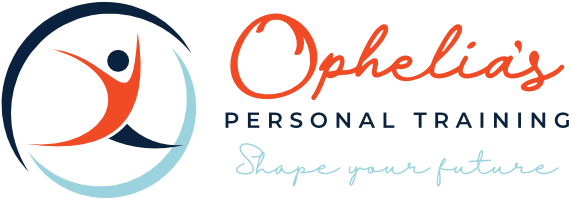Do know how important your glute muscles are?
“Strong glutes help prevent back pain and injury. Experts warn that a side-effect of too much sitting and inactivity, is that one of the biggest muscles (gluteals) in our body are becoming weak and deconditioned. The ‘flat’ bottom syndrome is not good for our stability or movement. The gluteal muscles in our buttocks lose significant strength and mass when they are not used enough and it can happen within weeks.“
As the body’s powerhouse, these muscles are used to stabilise our pelvis and control knee alignment thus improving balance and posture whilst also driving our movement and performance. They act as a support for the entire body and as a shock absorber during exercise. When we sit too much the glutes become weak very quickly. From our thirties onwards, we are prone to lazy glute syndrome and flat bottoms through too much sitting.
Professor Jonathan Folland, an expert in neuromuscular performance at Loughborough University, says the glutes underpin efficient human movement. “Even in sedentary people, the gluteus maximus is the human body’s biggest muscle and there are evolutionary reasons it developed that way,” Folland says. “Our ancestors needed to be able to run fast for their own survival, and fast running depends on the ability to power from the hips to drive our legs forward, snapping down the lead leg to push hard against the ground so that we move quickly — all of which is largely dependent on gluteal strength.”
Everyone need strong glutes no matter what age or what you do, developing glute strength will pay off. You are never too old to develop strong glutes. The safest and most effective way for you to strengthen your gluteal muscles depends on your particular musculoskeletal system and health history but can include:
Glute-squeezes: squeeze your glutes as you sit or stand.
Walking lunges.
Step-ups.
Stair-climbing.
Squats.
Walking or running uphill.
The Research:
In a 2019 study published in PeerJ, the journal of life and environmental sciences, exercise scientists at Wichita State University asked volunteers to perform either 15 minutes of gluteal squeezes, which involved sitting up straight and squeezing their gluteal muscles as hard as they could for five seconds before relaxing and repeating; or 15 minutes of glute bridges, results showed that the glute squeeze matched the glute bridge in hip extension improvements as well as increases in jump and endurance tests. However, the squeeze group had a more significant increase in glute size after the eight week trial, meaning there are clear “clinical and aesthetic reasons to perform gluteal squeezes”, the researchers said.
In a study conducted at the University of Wisconsin, exercise physiologists used electromyographic analysis, to measure the muscle recruitment patterns of common gluteal exercises compared with the traditional squat, and step-ups were found to be a good alternative.


